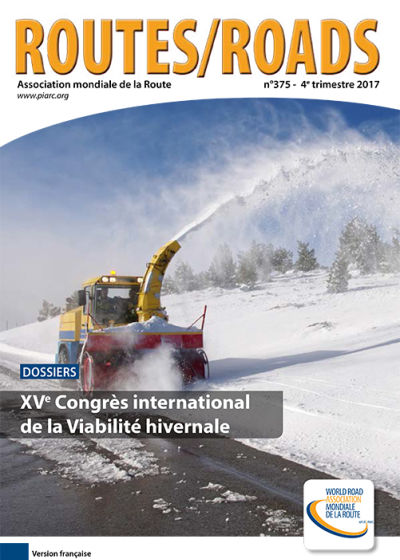A Technical Description of LARS and Lumi: Two Apparatus for Studying Tire-Pavement Interactions

The controllability of a vehicle equipped with tires decreases under certain circumstances. One of these circumstances is in winter, where snow and ice affect tire-pavement interaction and thus friction. In such conditions, the control of the vehicle might be lost, which results in longer braking distances or unsafe steering. The presence of snow, ice, water, sand or chemicals makes the interaction between tire and pavement extremely complex. As interfacial property, the frictional phenomenon, depends on both the tire and the underlying pavement. Therefore, friction on ice and snow depends both on the material (snow/ice) in itself and on the system which it belongs to. In pavement engineering, the typical system composed by tire, pavement, interfacial medium such as snow/ice, and environment is defined as tribosystem. Several outdoor and indoor tests are performed during winter time to increase the knowledge of this system in snowy and icy conditions. Nevertheless, outdoor testing is challenging due to the unpredictability of the weather conditions and test area. On the other hand, indoor tests allow the understanding of the whole system in controlled conditions. Several known indoor facilities investigate tire pavement interaction and thus the frictional phenomenon. However, most of them lack the linear testing of a real tire moving at high testing speed, especially for underlying pavement surface such as snow or salted snow. The Linear Analyser of Road Surface conditions (LARS) at our research center aim to fill this gap. LARS and a snow producing machine (Lumi) forms the core of this laboratory. The object of this paper is to provide a detailed description of our facilities.
-
Information sheet
- Date: 2017
- Author(s): Guidici Henri / Dahl Fenre Mathis / Klein-Paste Alex / Rekilä Katja-Pauliina
- Domain(s): Winter Service
- Type: RR375 - Features
- PIARC Ref.: RR375-049
- Number of pages: 7
-
This article has been published in the Routes/Roads magazine
